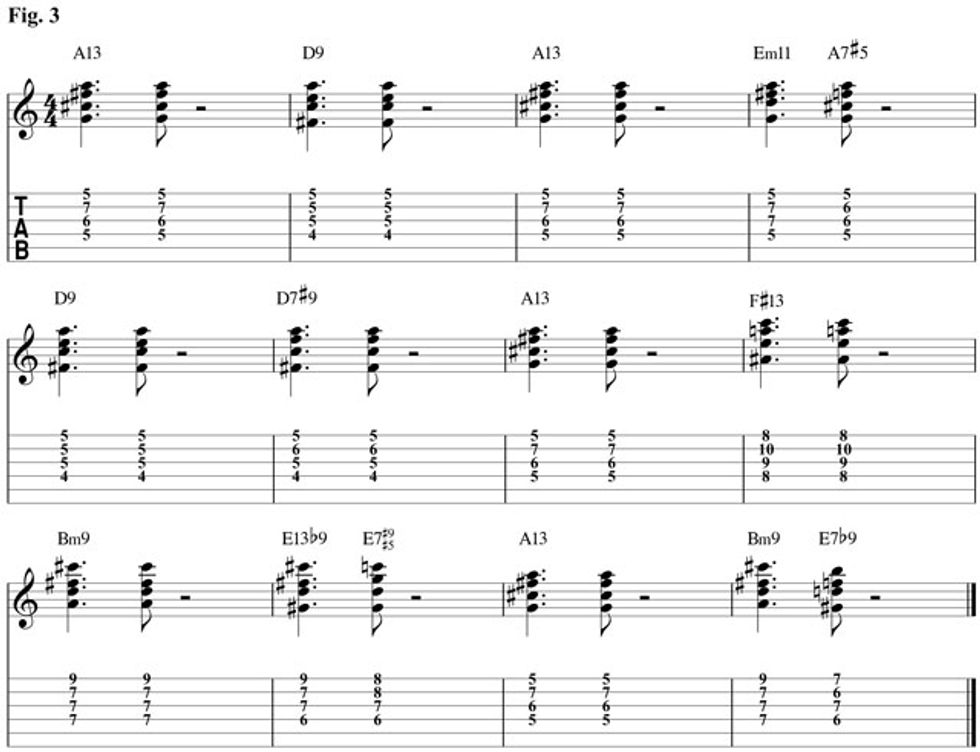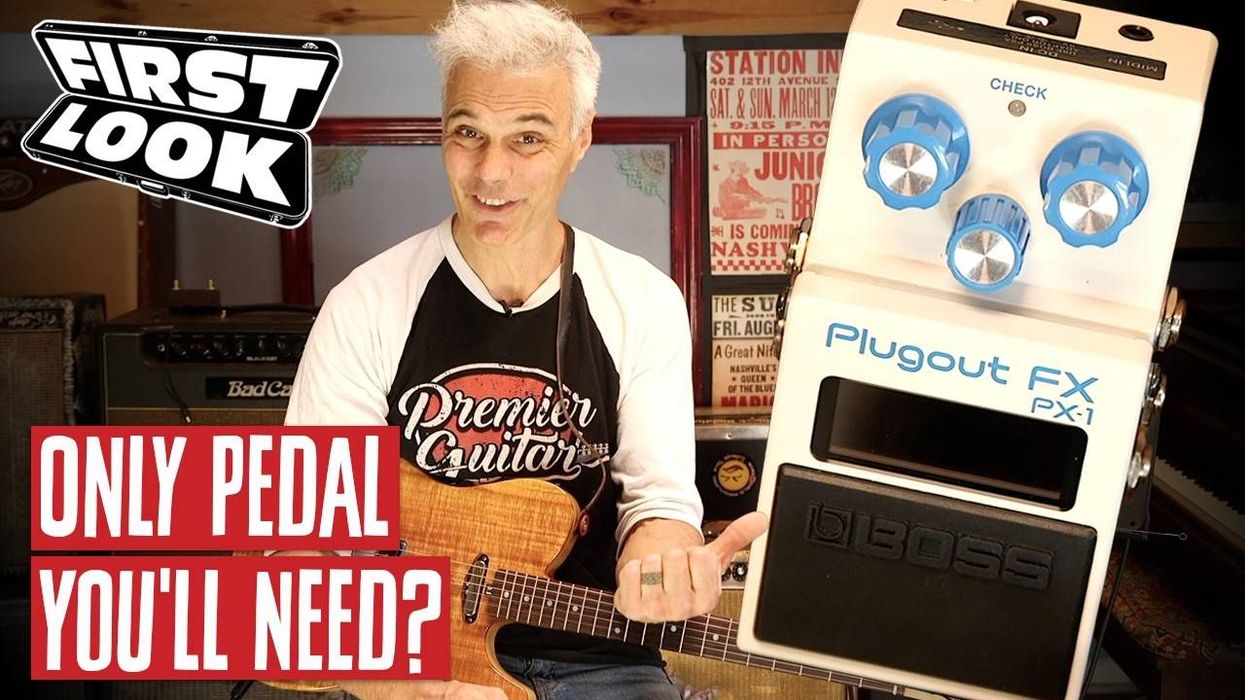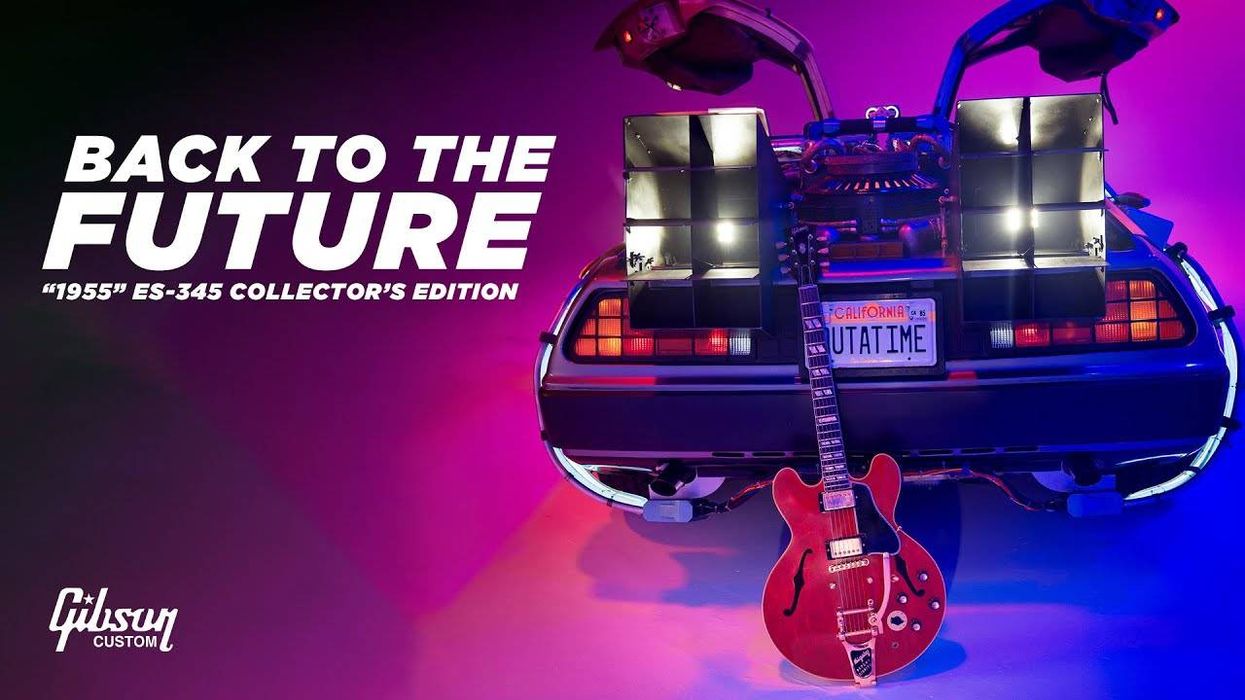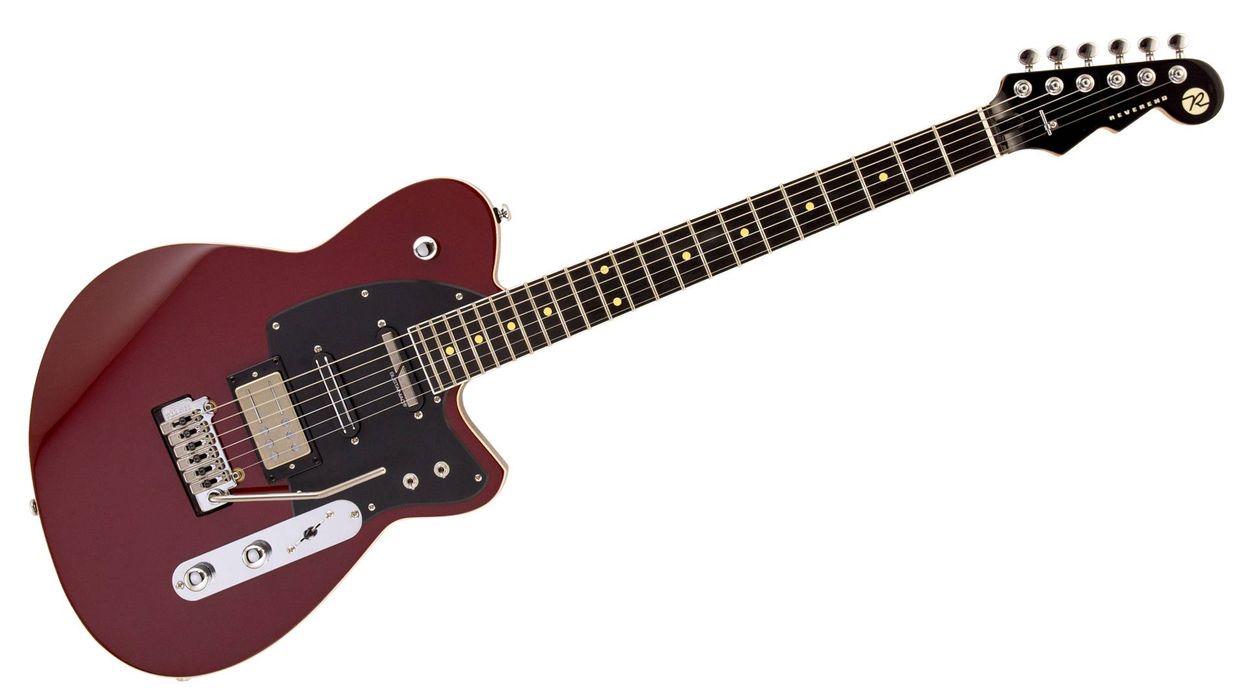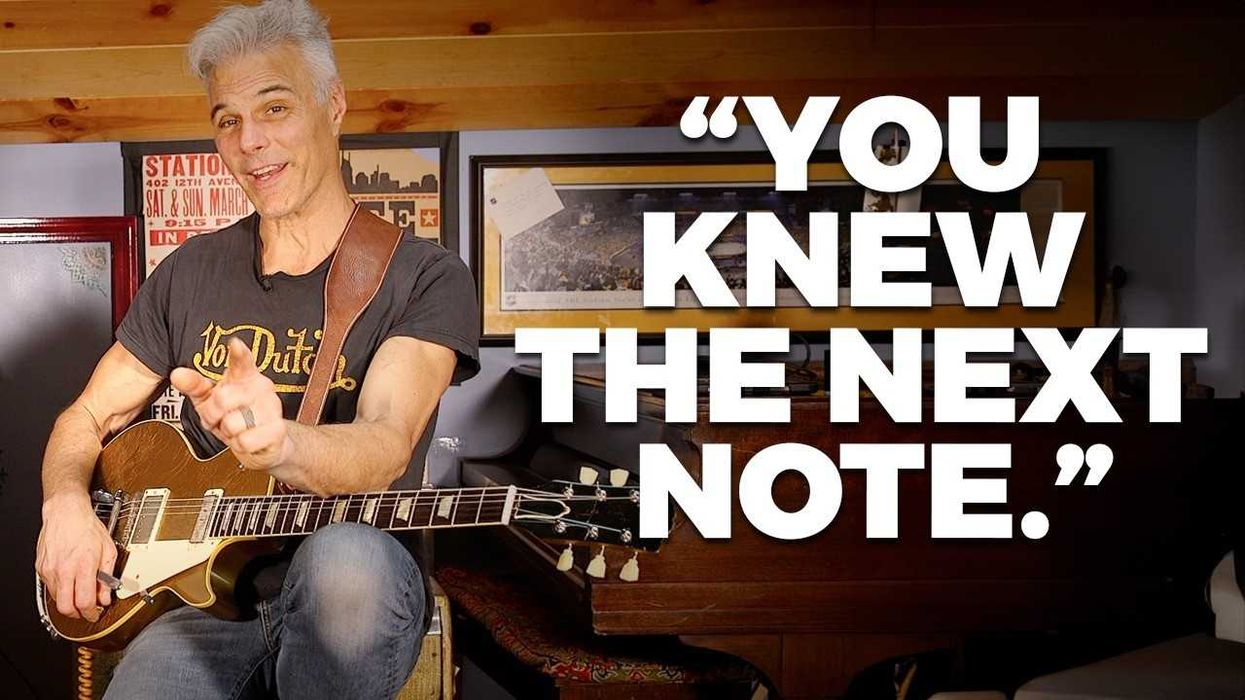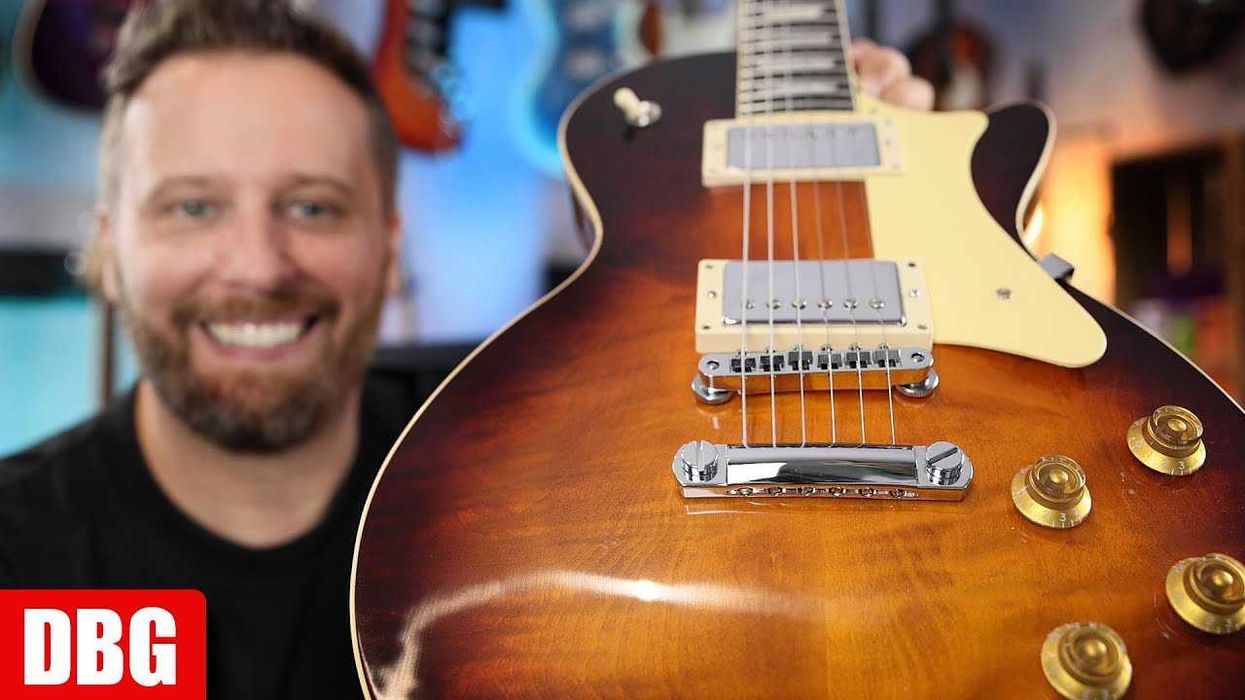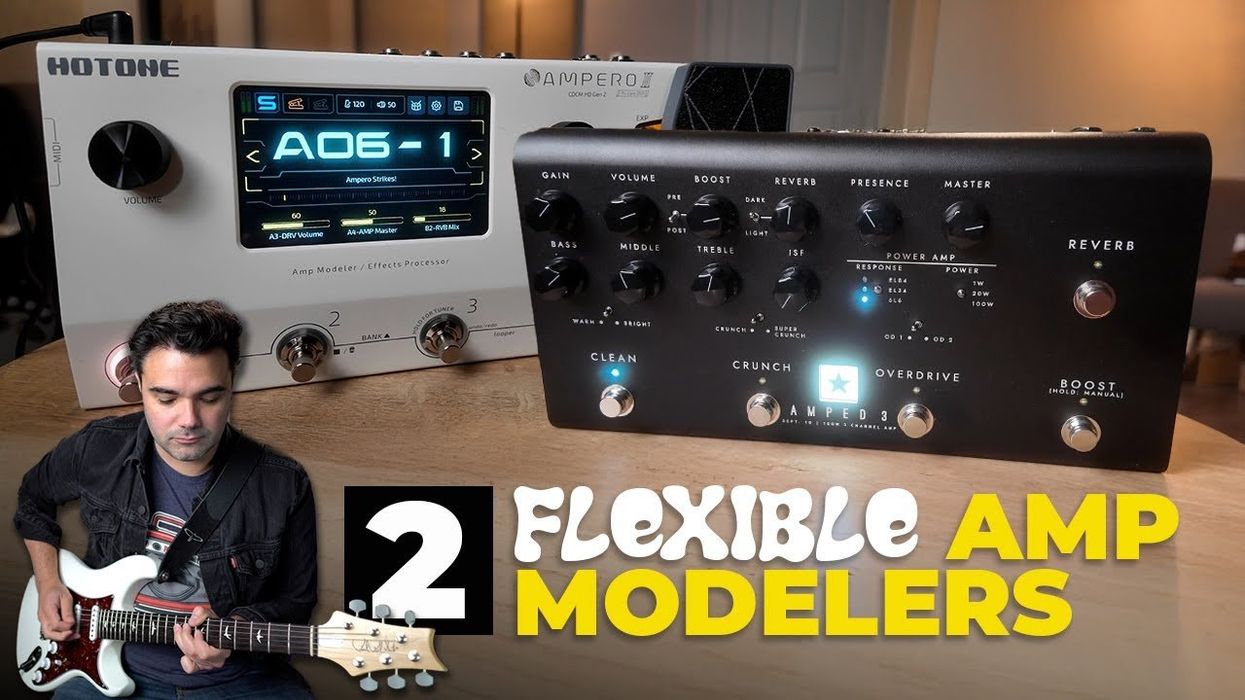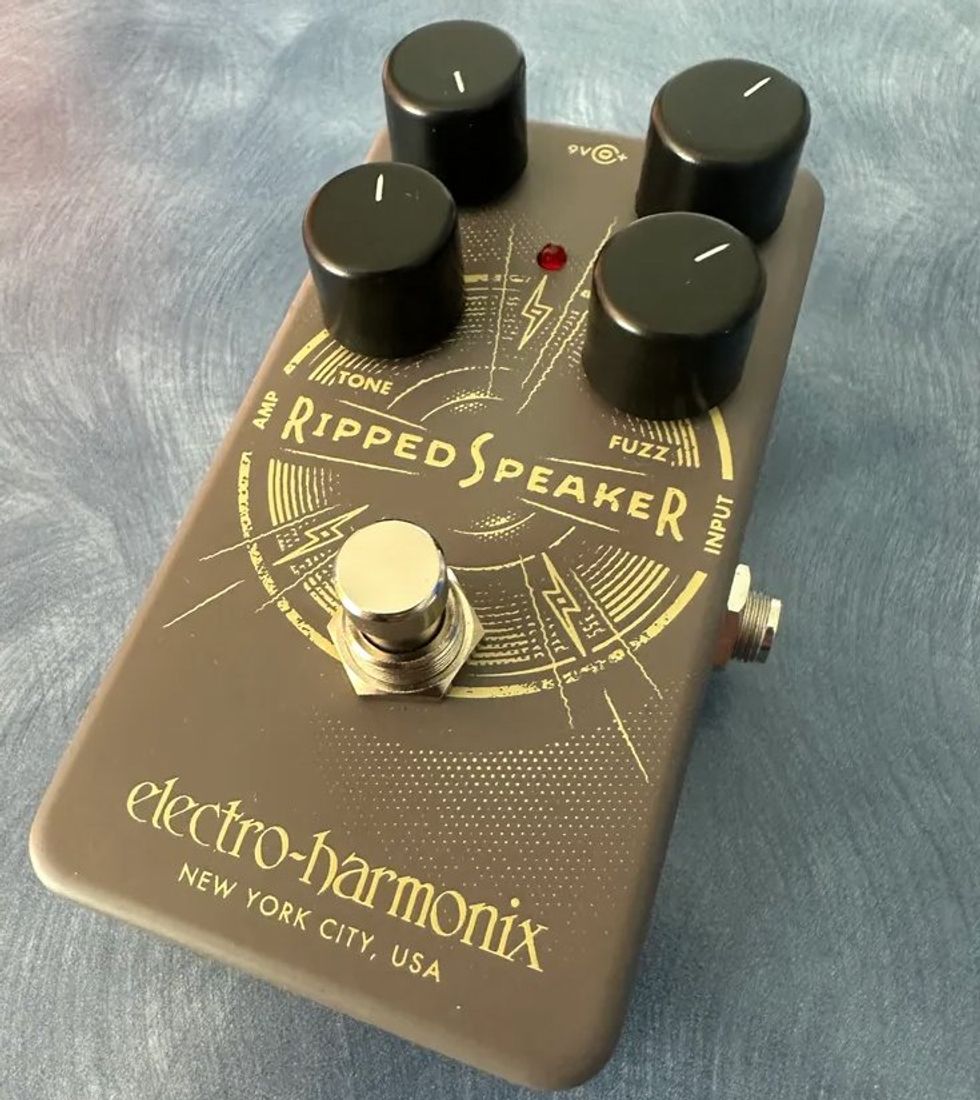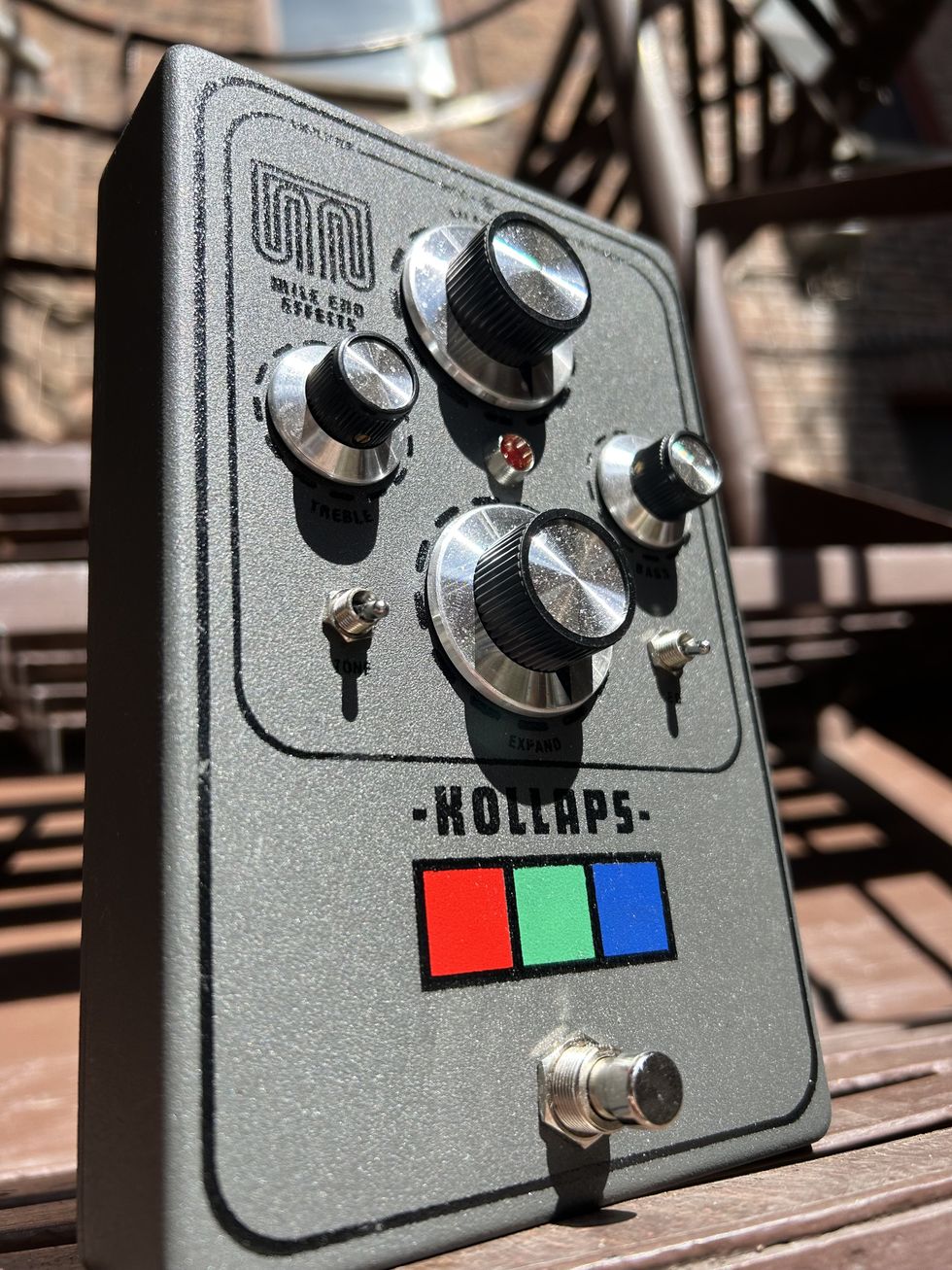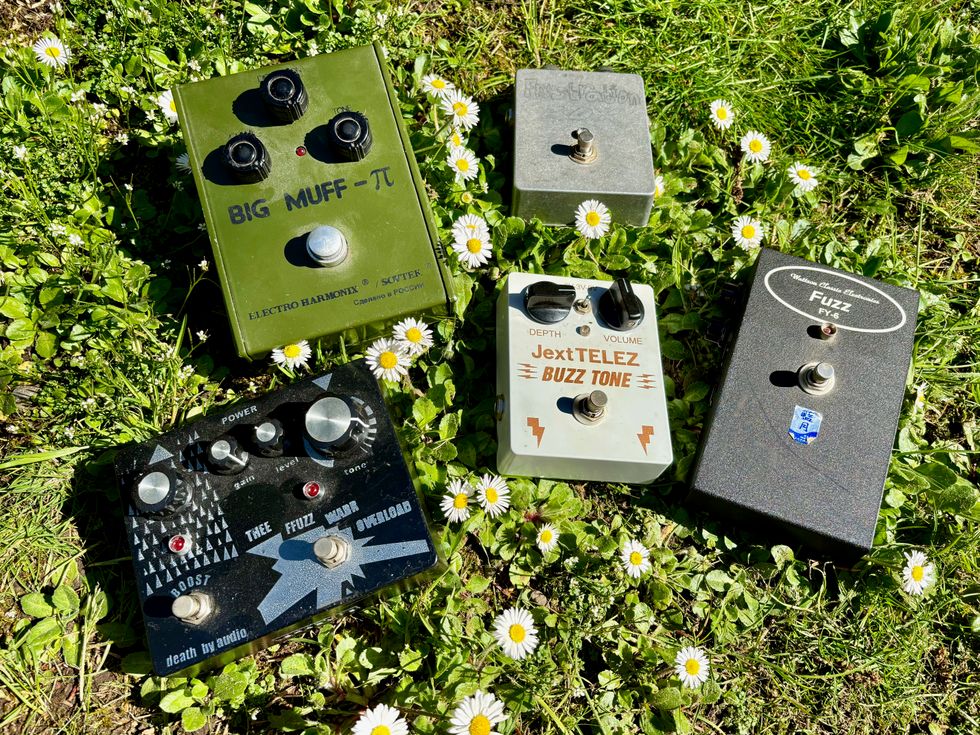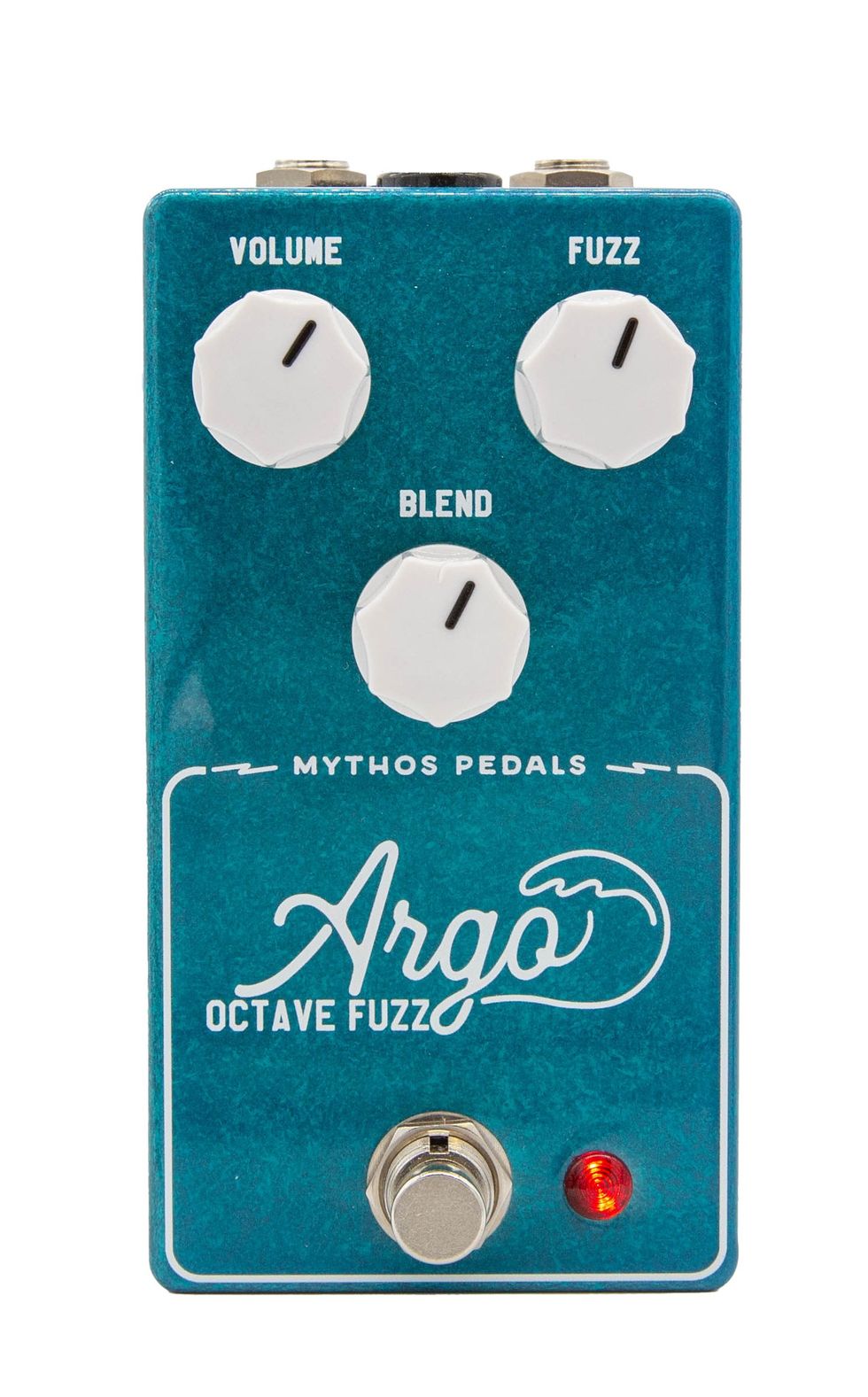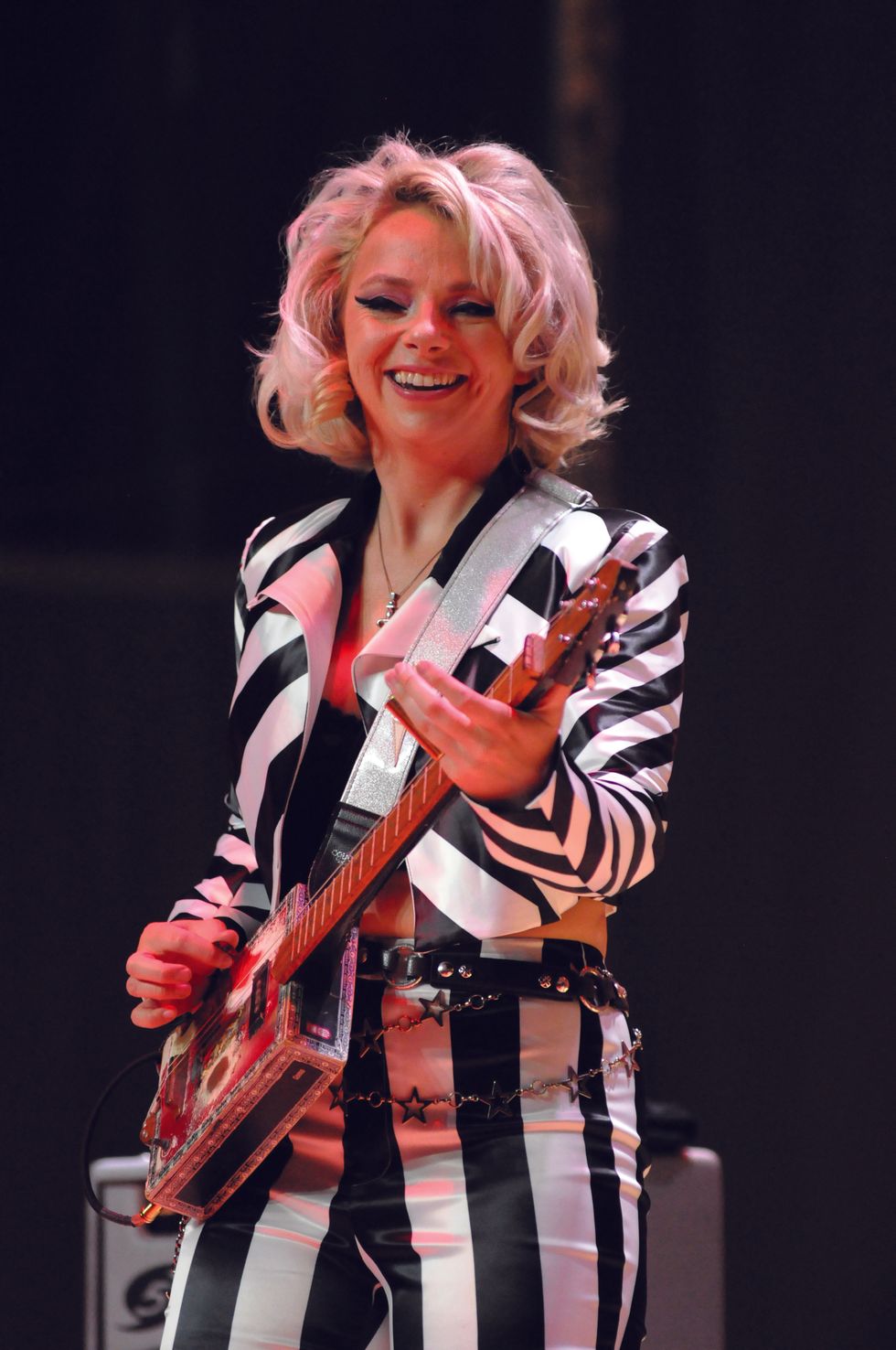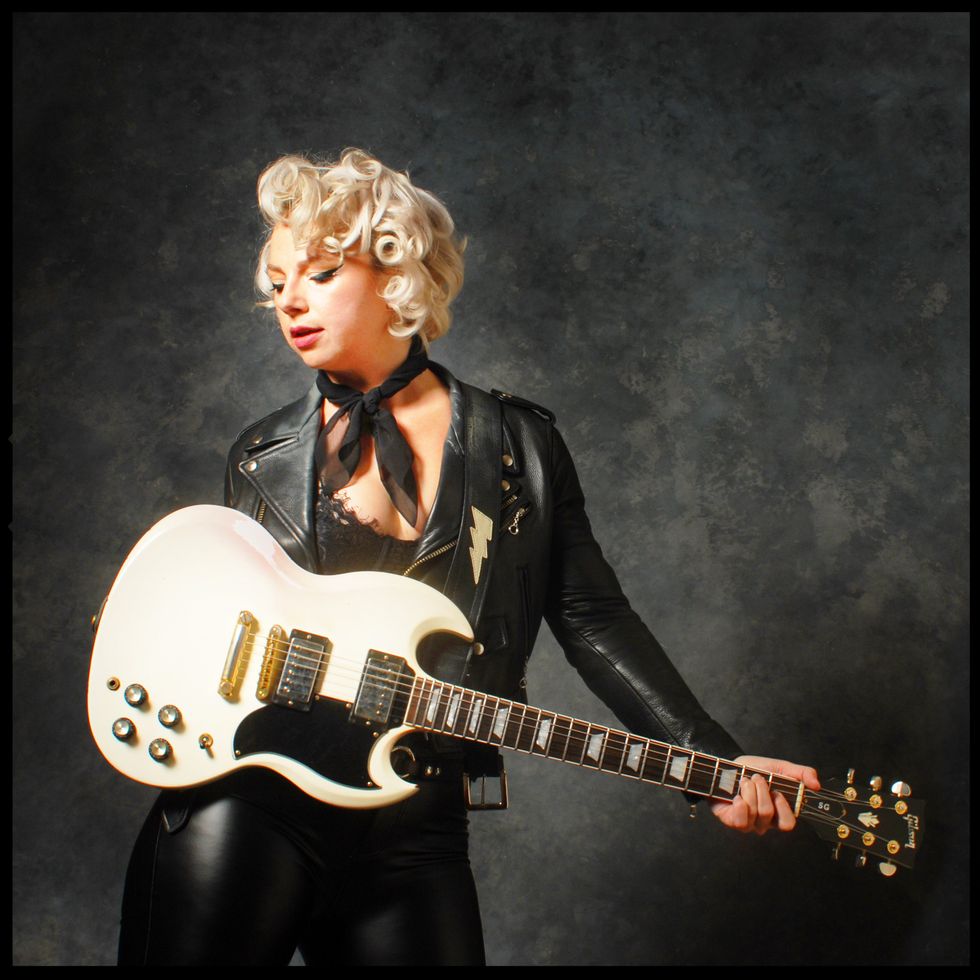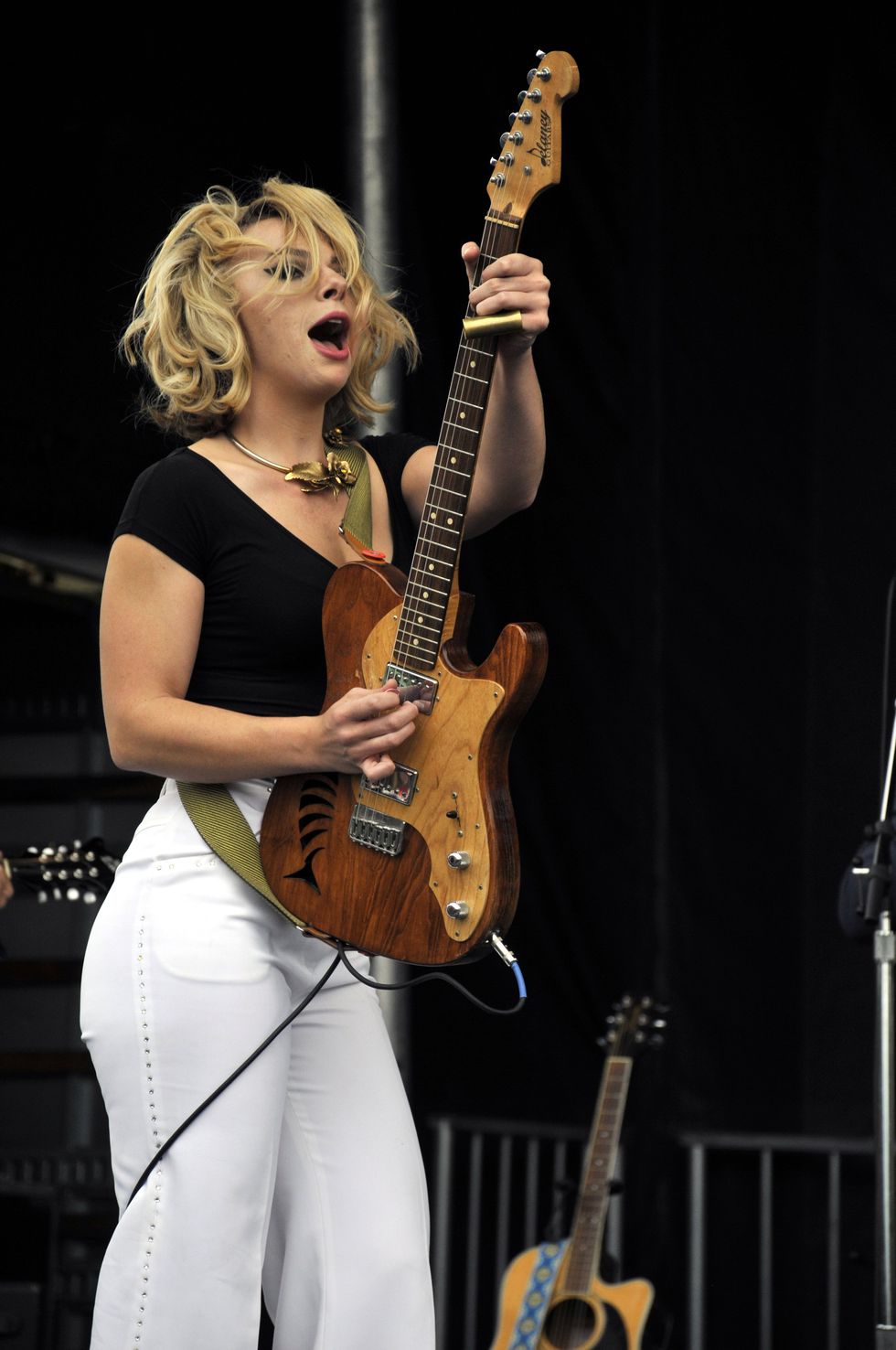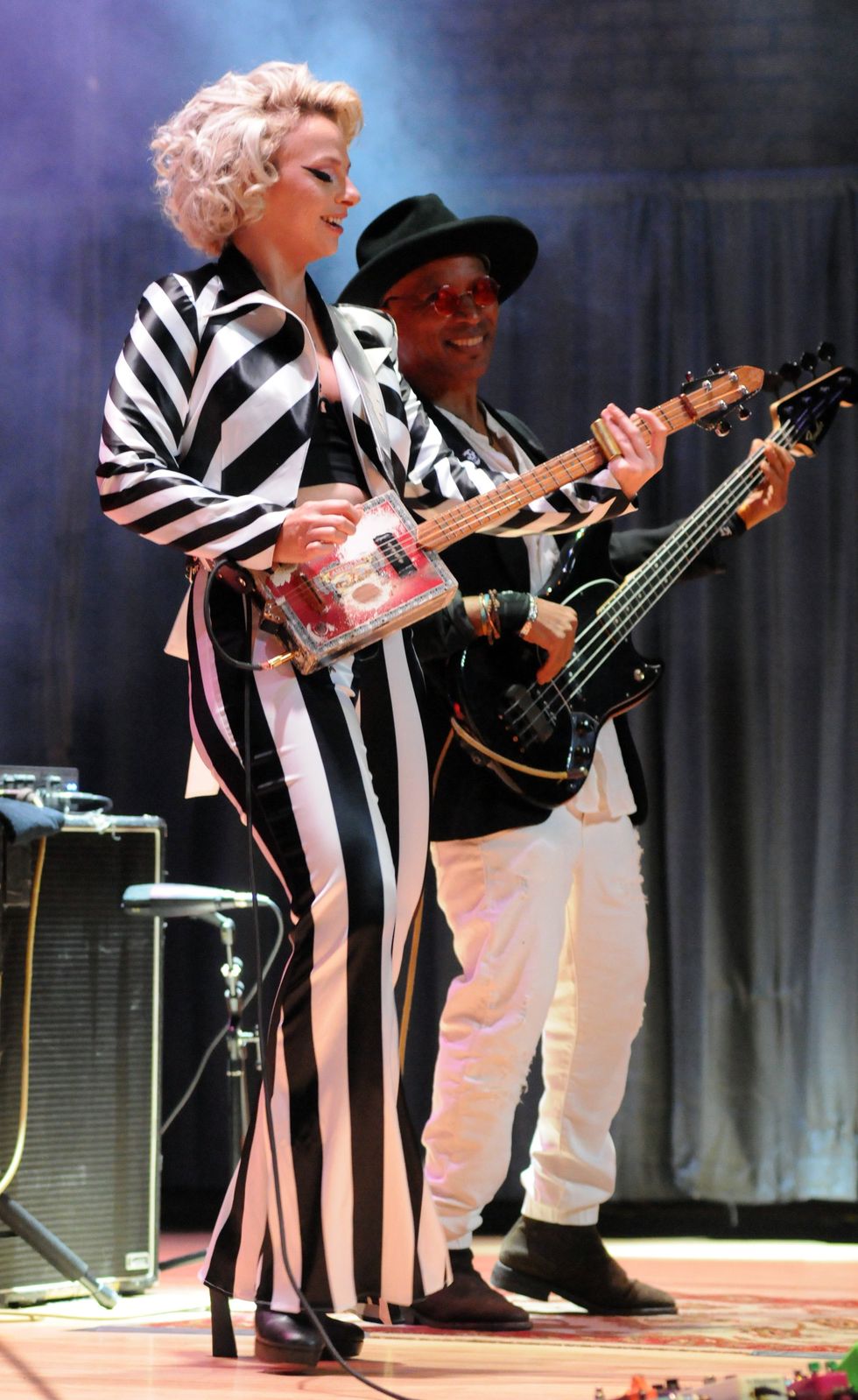Chops: Intermediate
Theory: Intermediate
Lesson Overview:
• Create compelling voicings to
use over a blues progression.
• Learn to interject IIm–V7
chords to create movement
and tension.
• Develop a richer chord
vocabulary.
Over the last 100 years, the musical form that is the blues has helped to shape the direction of popular music. That simple—and I use the term loosely—little structure has been the roadmap for many a big hit. What’s amazing about this form is how versatile and elastic it can be in the hands of a master. While the typical rock and blues 12-bar form sticks pretty closely to the standard changes, we’re going to explore how this structure can be manipulated and embellished to create some very interesting sounds. As with cooking, you have to be careful about adding the spice. Know your audience and don’t ever add too much. In this lesson, we’re going to get pretty intense with the changes and voicings. Use them as you see fit and be adventurous with them in your playing, but never ever overuse them. Don’t be “too hip for the room,” as they say.
The first rule that we should be aware of is that the dominant 7th chord can be the most colorful chord in a progression. It can be embellished and altered to create all kinds of beautiful (and harsh) sounds. Basically, you can turn a 7th chord into any chord with a higher number. This means that 9th, 11th, and 13th chords and their alterations (usually #5 and ♭5 and #9 and ♭9) can be substituted.
First, let’s color the standard progression by adding some embellishments as in Fig. 1. For these examples, we’re in the key of A. This means that the I chord is A7, our IV is D7, and our V is E7. As I mentioned, any 7th chord can be embellished, and right off the bat we use an A13 voicing for the I chord. In the second measure, we use a D9 chord as the IV and move this shape up two frets for the E9 chord in measure 10.
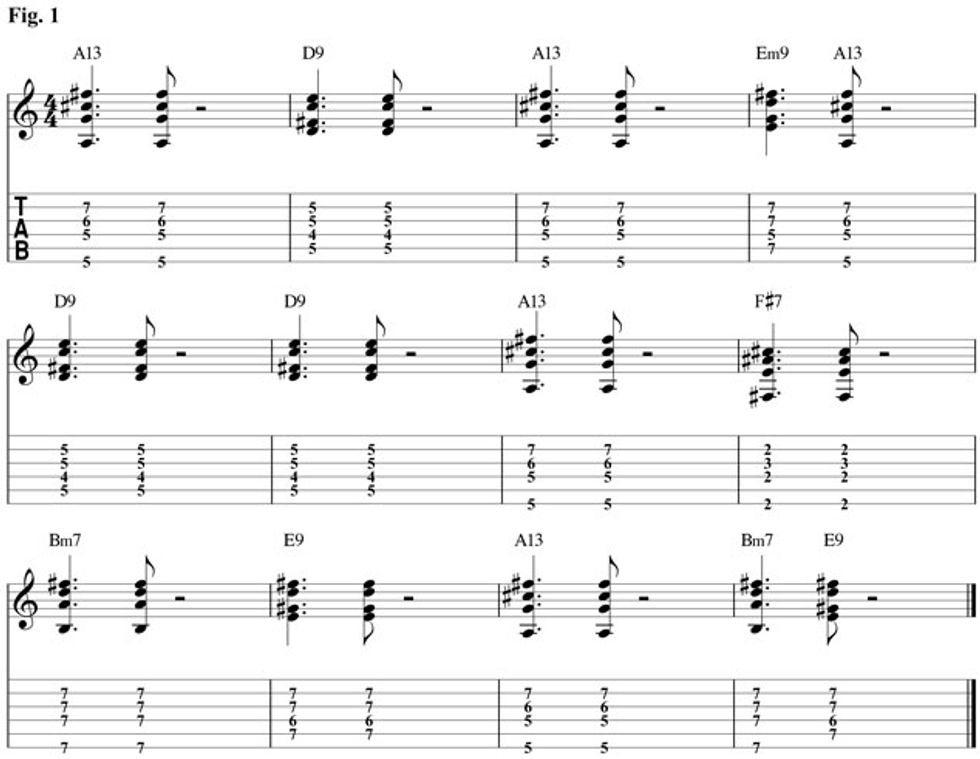
Then, to get a little more motion, we’ll insert some IIm–V7 progressions in areas where we want to really emphasize the chord change. For example, we move towards D9 in the fifth measure by using a IIm–V7 move in the key of D (Em9– A13) in the fourth measure. This same motion happens again—although in a different key—in measures 9 and 10, and also measure 12.
In the sixth measure, you’ll notice a chord—F#7—that seemingly comes out of nowhere. Don’t worry, I’ll explain. This chord is a VI7 in the key of A. If you look ahead, we are moving to a Bm7 chord in the ninth measure. We can set that up with a V7 chord in the key of B. That is where the F#7 comes in. It not only relates to the key we are in, but also gives us some nice tension before we head into the home stretch. We’re not going to get too out of control, but this will create a slightly more sophisticated sound with some motion.
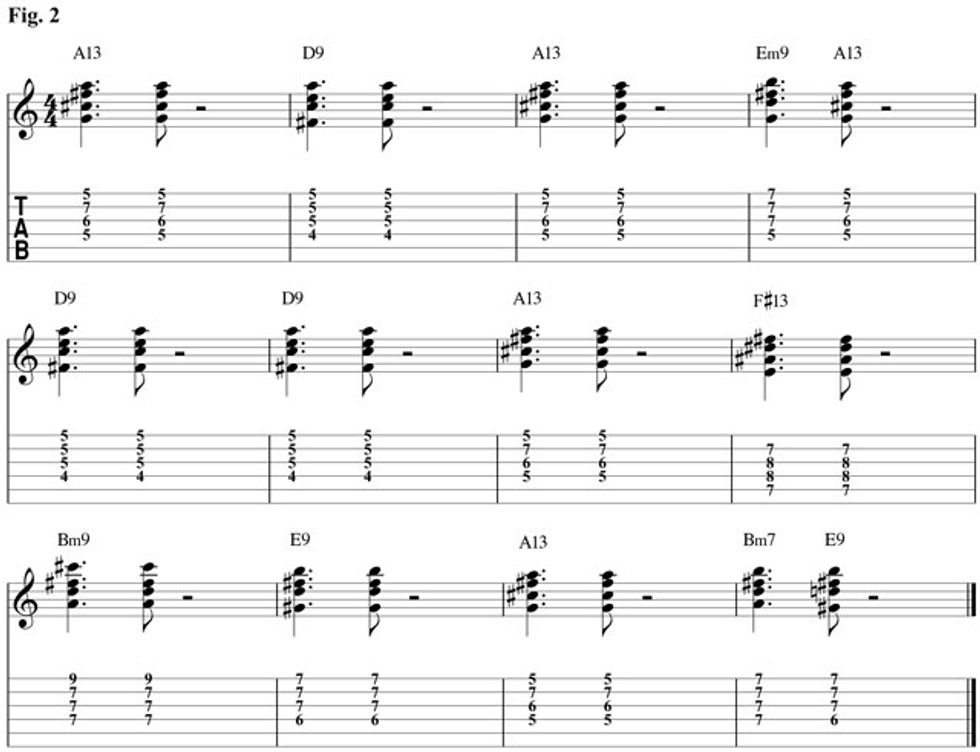
Just for fun, let’s use this same progression,
but change the voicings slightly. In
Fig. 2, I move the notes on the 6th string
up to the 1st string. It’s a cool and easy
trick. You’ll notice you keep the same chord
names, but the voicings won’t be as clumsy.
The next step is to create even more
motion by adding alterations to some of
the chords. There are an infinite number
of ways to do this, so I’m simply going to
provide an example in Fig. 3—along with
some simple rhythms—that you can work
your way through. Notice that there are several
voicings that don’t have a root note. On
the guitar it’s essential to know where the
root note is in relationship to the voicing,
but not essential to play it. Knowing where
the root is allows you to move the voicing
around the neck pretty easily. Take these
examples and liberate yourself not only from
the roots, but also from boring voicings!
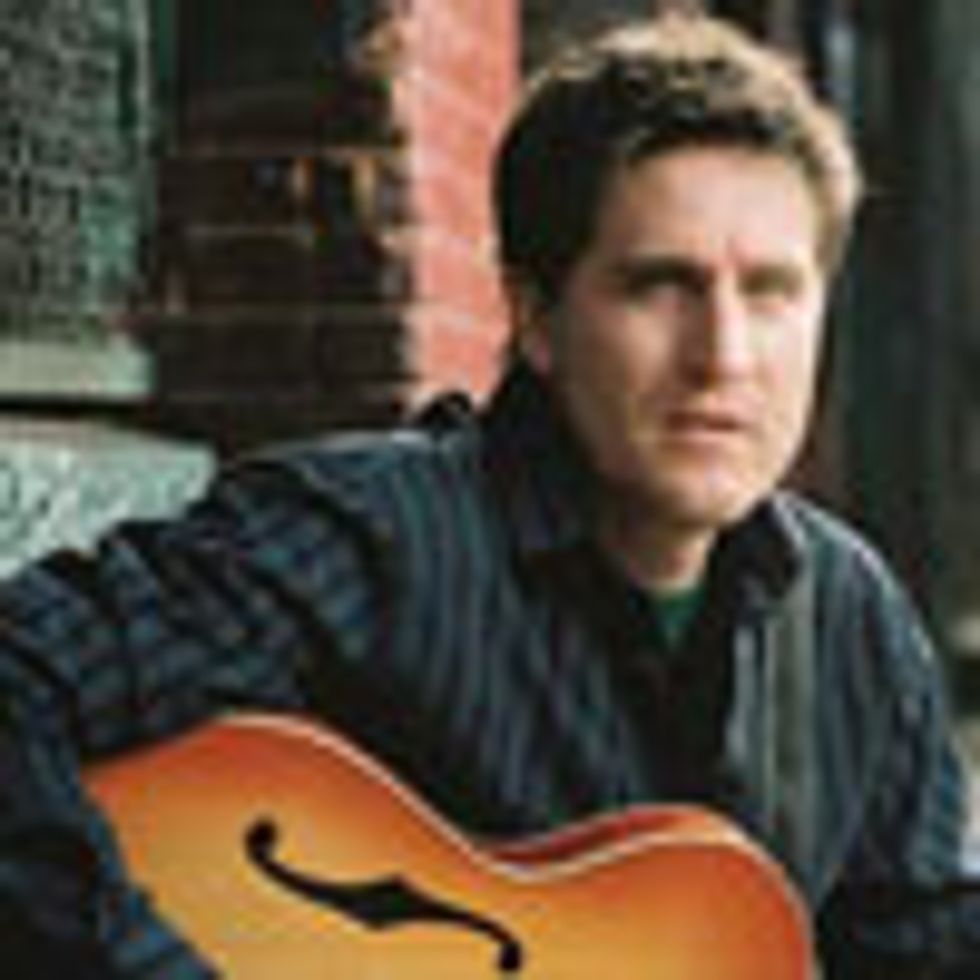 Corey Christiansen a former senior editor and
guitar clinician for Mel Bay Publications, is
known for his fluid jazz improvisation and
instructional chops. He teaches full-time at
Utah State University and is an Artist-in-Residence at the Jacobs School of Music in
Bloomington, Indiana, the Atlanta Institute
of Music, and the Broadway Music School.
To learn more about his CDs and DVD, and
see his current workshop and performance
schedule, visit coreychristiansen.com.
Corey Christiansen a former senior editor and
guitar clinician for Mel Bay Publications, is
known for his fluid jazz improvisation and
instructional chops. He teaches full-time at
Utah State University and is an Artist-in-Residence at the Jacobs School of Music in
Bloomington, Indiana, the Atlanta Institute
of Music, and the Broadway Music School.
To learn more about his CDs and DVD, and
see his current workshop and performance
schedule, visit coreychristiansen.com.